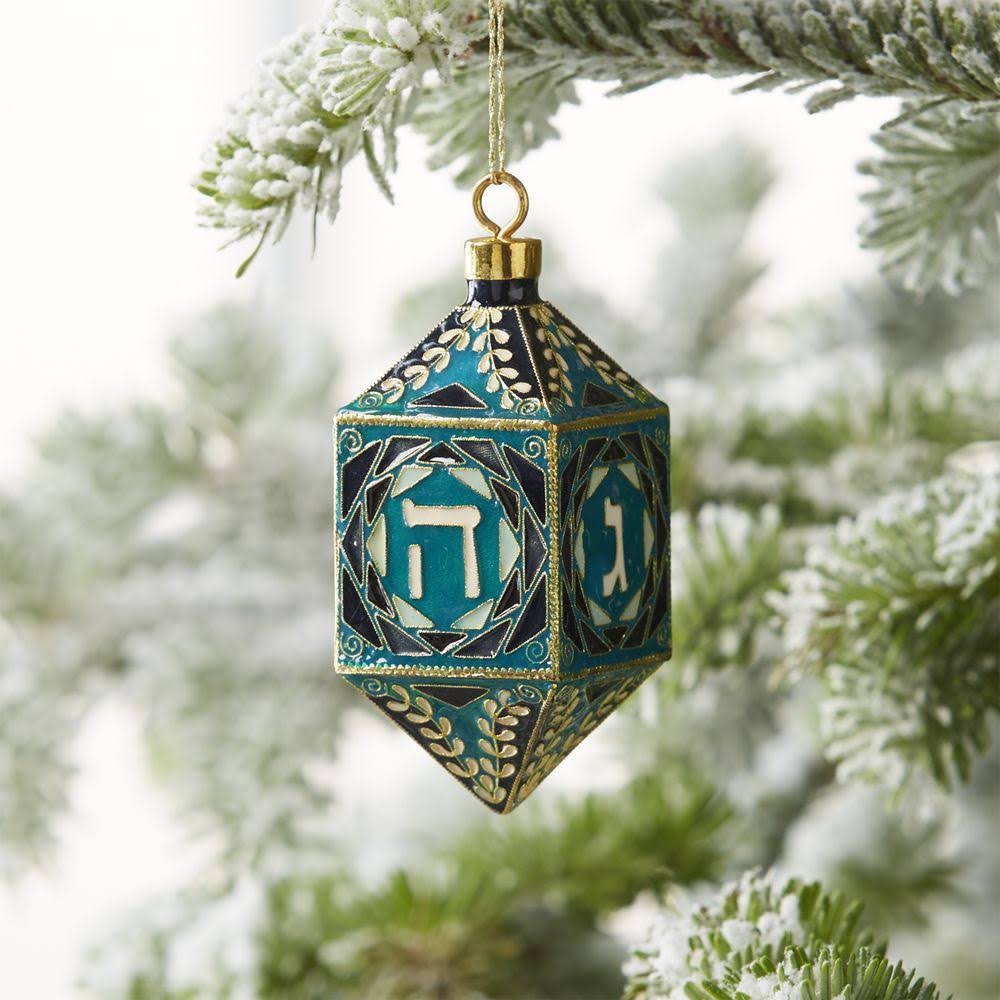
Why? Is is because abstract patterns or colorful transformation diminish the reality of the animals and subordinate them to some other order of matter? Or is it a maker-artist’s fear of representation? In this aspect of the tensions which seem to me to characterize his work, Philip Taaffe responds in a profound, even if obvious, feature of all representational arts which is to make visible and real something that does not exist or somebody unknown. He also avoids human beings or, as would have been possible in some of the models that may have inspired him, even segments of human beings like hands or feet. But he is reluctant to show these beasts directly and he transforms them into patterns or covers them with color in ways that make them difficult to identify. Philip Taaffe is clearly tempted by representation, especially of birds, insects, and mythical monsters. The second feature is not as new as the first one and consists in a continuing tension between identifiable subjects and abstract patterns.


I shall return shortly to a curious and somewhat enigmatic aspect of this characteristic. In other words, what we see as a single composition is in fact the combination of any number of similar but not quite identical pieces. Most of the completed paintings consist actually of panels of the same size set next to each other. Another surprise lies in the techniques chosen by Taaffe. Which is the subject of the painting? The colorful base or the geometric frame? Does this painting mean perhaps that this sort of dichotomy is an essential aspect of a human conflict between order and chaos? The artist here does not argue that order controls chaos, but that both exist together and that one is inseparable of the other. And at the same time the geometry is set over an explosion of colors which seem almost wild in their exuberance and in their arbitrariness and whose segments never correspond with the pattern of the geometry. A given painting looks like a strong and forceful geometric composition.

The first feature is that of surprises, of unexpected features which may even contradict each other. I will elaborate on this tension around three features which struck me so much in his recent paintings. In a general way, it is a tension between the artist as maker of works of art and as provider of, almost compelling, certain reactions in the public. Meeting a second time for several hours of exchanged views around recent paintings, finished or unfinished, I realized that certain words, ideas, or concepts kept recurring in Taaffe’s comments, words like “experiential,” “physicality,” “meditation,” concepts like “unleashing of certain historical forces” or “of forces of memory.” What these words reflected, it seems to me, is a new and far more profound tension in Philip Taaffe’s work and in the expectations he has of a public’s reaction to his work. The fascination I, as a historian, developed for Taaffe’s work grew out of this wonderful coincidence of the very modern with ancient ways. Both of these tensions illustrated in a contemporary idiom or grammar the ways and problems of the decorative forms which appear on walls and objects of the art of Muslim dynasties and cities from the ninth century onwards. There was also a tension between geometry of finite forms and an arabesque-like playfulness of potentially endless patterns. There was a tension between what may be called naturalism in the representation of things, insects or flowers, and the overall composition of a single motif repeated many times. I remember so well being struck by several tensions in his work.
#The mediation of ornament series
Some fourteen years ago, I had the pleasure of introducing a series of paintings by Philip Taaffe through the publication of excerpts from a memorable conversation we had while looking at his mostly new paintings.


 0 kommentar(er)
0 kommentar(er)
